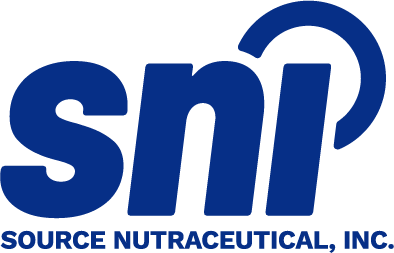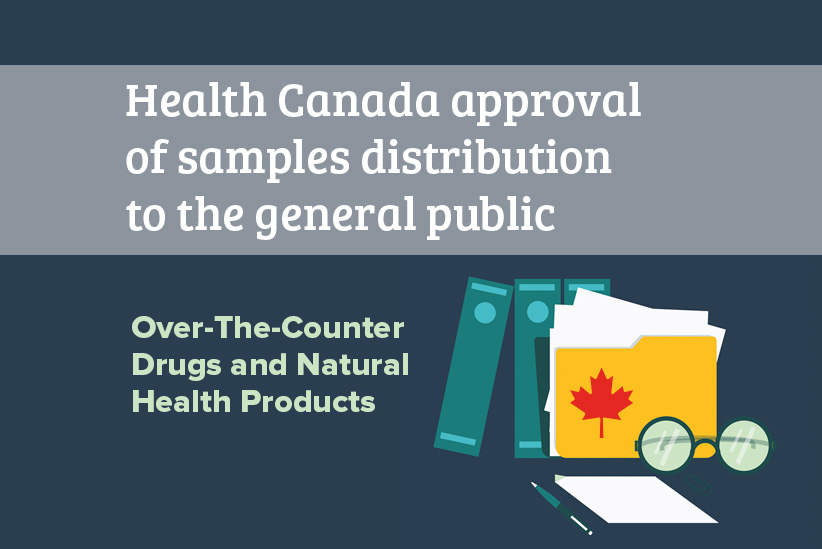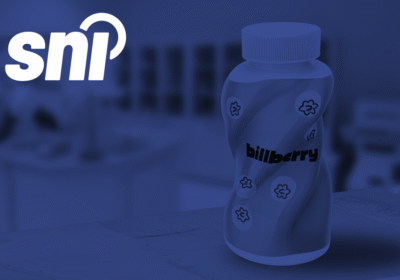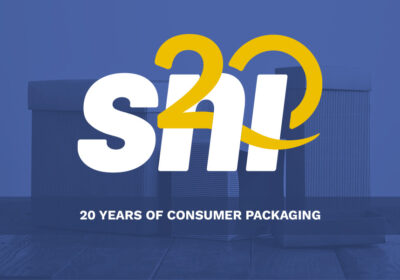Health Canada has announced that beginning July 1, 2020, industry will be able to distribute, as samples to the general public and a broader category of health care providers, certain over-the-counter drugs (OTC) and natural health products (NHP) as a strategy to encourage their use on a trial basis.
This scope widening was made as part of Canada’s obligations under the passing of the Canada–United States–Mexico Agreement (CUSMA) Implementation Act under which Health Canada has amended the Food and Drug Regulations and Natural Health Product Regulations (NHPR) to allow for the distribution of samples of over-the-counter drugs (OTC) and natural health products (NHP) to the general public and a broader category of health care practitioners as defined in accordance with provincial and territorial law.
In the past the distribution of samples of these type of products was limited to physicians, dentists and pharmacists. Industry samples distribution may provide benefits to Canadians, practitioners and pharmacists, by increasing their knowledge of available health product options to meet various needs.
OTCs and NHPs samples distribution is initially permitted for the following categories of products with well-established safety and efficacy profiles: low risk topical acne therapy products, medicated skin care products, diaper rash products, anti-dandruff products, antiseptic skin cleansers, athlete’s foot treatments and sunscreens, as well as low-risk toothpastes, mouthwashes, and throat lozenges.
The distribution to the general public is limited to persons over 18 years of age, even if the product carries an authorized use for a younger population. So long as the age restriction is respected, distribution of samples is otherwise not restricted by the venue and may occur through retail outlets, at organized events or public health initiatives.
These products, OTCs and NHPs, when distributed as samples, are required to have a minimum expiry date of 30 days from the date of distribution, and must meet all other regulatory requirements, including labelling, in the same way as all other licenced products in their category.




